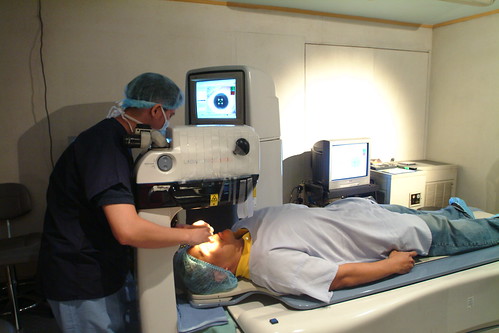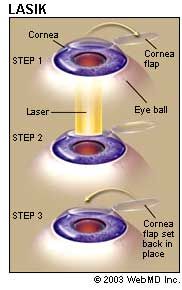Imagine the days when you had no choices, and all that was available were framed eyeglasses. Now some people still prefer this option, but it's nice to know that technology has provided people who don't like to wear glasses the freedom of expression with a variety of lens options. The turning point for contact lenses was back in the 90's when the FDA approved the use of the cosmetic version of soft lenses, and also daily disposable contacts were introduced, which caused the lens vision market to change significantly!
What a great invention, and we are sure to mention that people who lived through the 70's, 80's, and 90's were excited with the introduction of contacts and the variety of options available today! Some may agree that vision wear may be a mandatory element in their lives due to their current eye condition, but for whatever reason, they don't enjoy wearing them. There may be physical, and possibly social issues that individuals go through wearing glasses. With the introduction of disposable lens products, finally those who had no options at one time in their life, are truly happy to say they do now!
Technology today in lens care provides a wide variety of disposable contacts, and gas permeable lenses. You can easily find a toric bifocal, daily disposable lens and for the person looking to add a little change in their look, some great color prescription and cosmetic lenses. The days are gone when glasses are the only choice you have, and with the array of vision products online, and the ability to have these options available at our fingertips is what makes this world so remarkable!
About the author: William is the owner and the author of "Order Contacts Online 1st" available at http://www.order-contacts-online-1st.com
Article Source: http://EzineArticles.com/?expert=William_Parise


.jpg)












.jpg)
.jpg)










